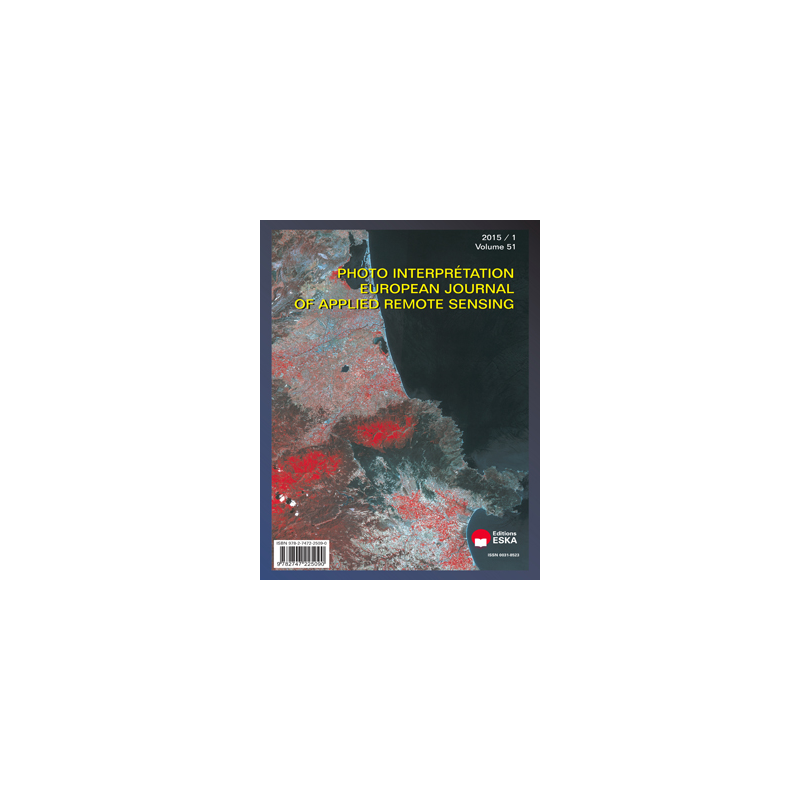



 Security policy
Security policy
(edit with the Customer Reassurance module)
 Delivery policy
Delivery policy
(edit with the Customer Reassurance module)
Sea surface temperature is an important surface
parameter because it has a large influence on
climate and weather. In this work, we propose a
split-window algorithm to retrieve sea surface
temperature from Meteosat Second Generation
(MSG-1). The main advantages of the proposed
split-window algorithm are the following: 1) It
does not require knowledge of the total
atmospheric water vapor content and the satellite
zenith angle, and 2) It is totally operational. This
algorithm is obtained using the radiative transfer
equation and the Thermodynamic Initial Guess
Retrieval (TIGR) database.
The thermal infrared imagery of SEVIRI
instrument onboard of MSG-1 provides data from
eight different channels. In the present study, the
channels IR10.8 and IR12 were used. To find the
brightness temperature from digital counts of
image data we have used the equations (1) and (2).
table 1 and table 2 show the required coefficients
in these equations.
The influence of atmosphere on at-satellite
radiance was studied using the code 4A/OP
(Plate 1). We have shown that, under mid-latitude
summer atmosphere (TIGR, n = 916), when sea
surface temperature equals 300K and satellite
zenith angle equals 0°, the influence of atmosphere
on brightness temperature can reach 8°C.
Therefore, the atmospheric correction for
estimating sea surface temperature from satellite in
thermal infrared region is necessary.
To find the split-window algorithm the Roberts
model were firstly performed with all TIGR
temperature and humidity profiles to simulate the
atmospheric transmittance of channels IR10.8 and
IR12. Secondly, we used the radiative transfer
equation to simulate the brightness temperature of
these channels T10.8 and T12. The (Ts - T10.8)
difference is then regressed against the (T10.8 -
T12) difference for six viewing angles. Scatter
diagram between (Ts - T10.8) and (T10.8 - T12) is
shown in Plate 2 for six viewing angles (θ = 0°,
10°, 20°, 30°, 40° and 50°), we found a quadratic
formula between them (equation 8). The
coefficients of the proposed algorithm were
determined using the least squares method.
For validation, we have examined the accuracy of
surface temperature computed using the proposed
split-window algorithm by comparison with
surface temperature estimated using Sobrino et
Romanaguera (2004) algorithm for 2311
atmospheric situations and six viewing angles
(Plate 3). We found a good precision: the root mean
square error RMSE equals to 0,8 K, the standard
deviation equals 0,2 K and the correlation
coefficient equals 0,99. Therefore, we have
concluded that the results are acceptable.
KEYWORDS
MSG1-SEVIRI ; sea surface temperature ; splitwindow algorithm ; climatological database TIGR ; Roberts model ; atmospheric transmittance.